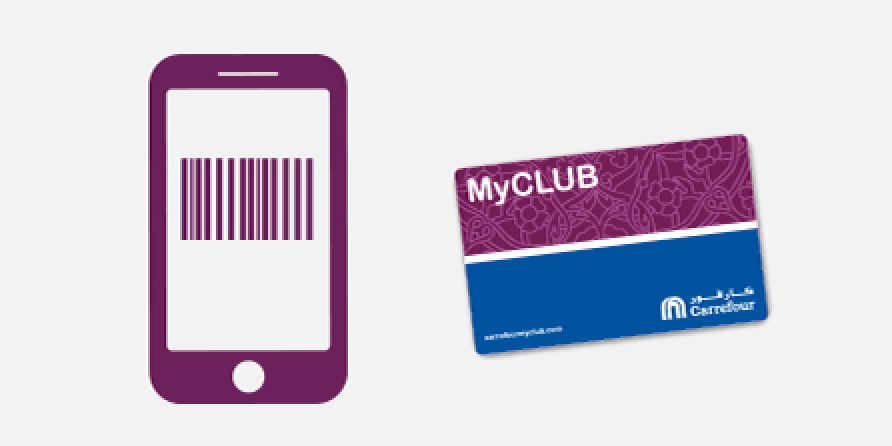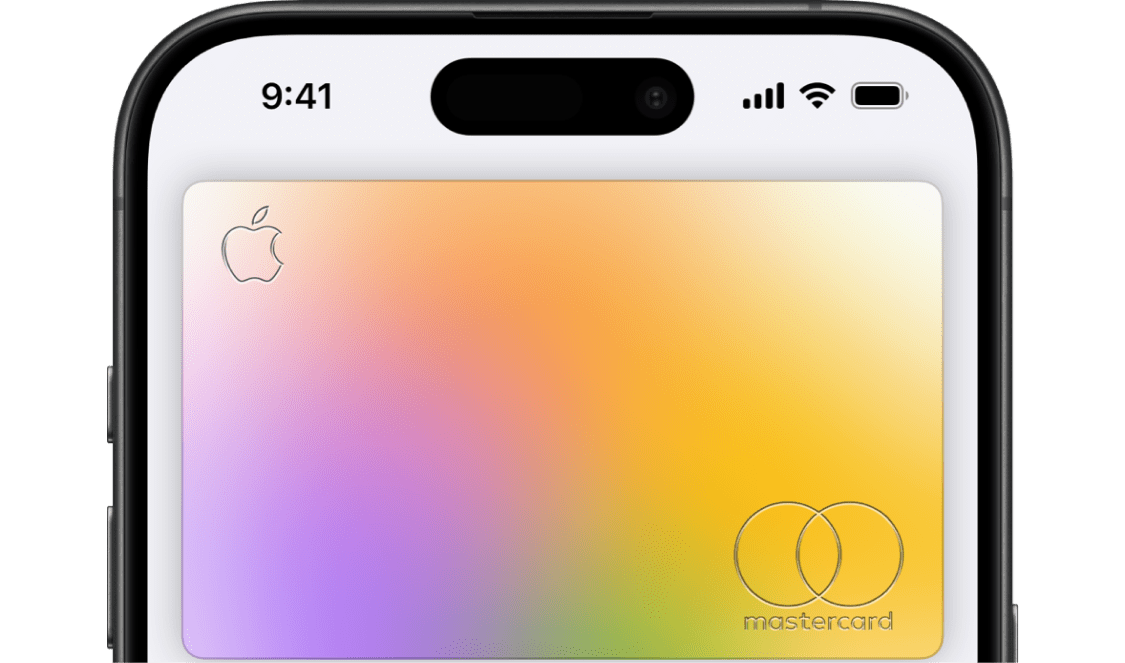Introduction: What is embedded finance?
Embedded finance refers to the integration of financial services into everyday consumer experiences that are not primarily finance-related. This integration allows consumers to seamlessly engage in financial activities as part of their regular routines. This approach marks a shift from traditional payment methods, which often requires individuals to switch between various platforms and services to complete transactions involving financial services — ultimately closing the friction caused when shuffling across these various systems.
By incorporating financial services into everyday, non-financial experiences, both consumers and the payments industry benefit. A disjointed experience can frustrate consumers, while a seamless one improves user journeys and customer experiences. Traditional payment methods have been perceived as a bottleneck, hindering the growth of the payment industry. In contrast, embedded financial services drive innovation across the ecosystem.
Illustrating embedded finance through examples
1. Carrefour

Photo from Loyal Guru
Carrefour’s expansion of its closed-loop card program into an open-loop system in France represents a significant use case of embedded finance. Traditionally, closed-loop systems limit the utility of loyalty points to a specific network of merchants, such as the case with Carrefour’s loyalty program. However, by transitioning to an open-loop model, Carrefour has effectively transformed its loyalty points into a form of currency that can be used beyond its own ecosystem. This innovation in embedded finance benefits both customers and merchants. Customers now have the flexibility to utilize their accrued loyalty points as a means of payment at a wider range of businesses, enhancing the perceived value of participating in Carrefour’s loyalty program. For merchants, accepting Carrefour’s loyalty points as payment introduces a new customer segment and potentially drives increased sales. This transition underscores the evolving landscape of financial services, where traditional boundaries between industries blur, leading to novel and mutually beneficial collaborations.
2. Apple

Photo from Apple
Apple’s launch of Apple Card represents another use case of embedded finance. Through mobile phone hardware companies (including Apple) had started to integrate financial services into their ecosystem prior to that, embedded credit products was innovative at the time. For consumers, Apple’s embedded finance initiatives provided convenience and enhanced financial management by consolidating payment methods and credit facilities into a single, user-friendly platform. We’ll dive deeper into the Apple Card as a case study later in this article.
3. Grab

Photo from Mashable
Grab began as a ride-hailing service but has since expanded into a “super app,” offering a wide range of services including GrabPay, a digital wallet that allowed users to make cashless payments for Grab’s services. Over time, GrabPay evolved into a broader financial ecosystem, providing services like micro-loans, insurance, and investment products through its platform, integrating financial services directly into its app to enhance user experience and loyalty. For consumers, Grab’s embedded finance offerings provided a convenient and accessible way to manage financial transactions within a single platform. Meanwhile, merchants, particularly small and medium-sized enterprises (SMEs), benefited from Grab’s financial solutions by gaining access to a large customer base and streamlined payment processing, acceptance of cashless payment options, and access to financing options to support their growth.
As embedded finance becomes increasingly common across industries, it drives a fundamental shift in how people expect to conduct financial transactions, including spending and transferring money. Industry players must adapt to remain competitive in this changing landscape.
In this article, we’ll explain what embedded finance is in further detail, as well as its significance globally.
How can businesses benefit from providing embedded finance solutions?
Building embedded finance products can significantly increase top-line revenues for businesses implementing embedded finance products.
Firstly, by offering embedded financial solutions that cater to the evolving needs of customers, businesses can increase demand and expand their customer base. This is achieved by accessing a broader market and tapping into new customer segments, ultimately increasing the total addressable market for the business.
Additionally, embedded finance can enhance customer loyalty by providing added convenience and value. When customers can experience seamless money movement through a business, they are more likely to remain loyal and engage with the brand. This loyalty, in turn, can lead to higher conversion rates as customers are more inclined to make repeat purchases or use the business’s services.
The government’s role in promoting embedded finance
Federal government and their operating entities play a crucial role in fostering the growth of embedded finance. In Saudi Arabia, for example, there is a Financial Sector Development program as a part of Vision 2030 to map the current payment services landscape and drive future innovation.
Here are some ways in which financial regulators, like SAMA, drive financial innovation mandates:
The private sector’s role in enabling embedded finance
Whilst we covered the role of the government in fostering embedded finance, the private sector, comprising financial institutions, Fintech startups, and technology companies, enables it too.
Here’s how these entities can contribute to the advancement of embedded finance:
Case study: Implementing embedded finance through partnerships
Apple has played a significant role in the realm of embedded finance. Apple Wallet (originally Passbook) was introduced in 2012. Initially, it was designed to store coupons, boarding passes, event tickets, and loyalty cards. Over time, Apple expanded its capabilities significantly, especially in the area of financial services.
In 2014, Apple launched Apple Pay, a digital payment service, and integrated it into the Wallet app. This allowed users to make payments using their iPhone or Apple Watch, both in physical stores and online as users could securely store their credit, debit, and store cards in the Wallet app for use with Apple Pay. This also opened up the possibility for that merchant to use their iPhones to accept payments from consumers directly, without the need for traditional POS hardware, by having iPhones function as point-of-sale (POS) devices by leveraging Near Field Communication (NFC) technology.
In 2019, Apple took a further step by partnering with Goldman Sachs to launch the Apple Card, a credit card designed for the Wallet app. This allowed users to apply for a credit card directly from their iPhone and use it immediately upon approval with Apple Pay. The Apple Card offered unique features like daily cashback, no fees, and an emphasis on financial health and transparency, all within the Wallet app.
Over the following years, Apple and Goldman Sachs faced several challenges in making this joint venture work. The primary issue was the contrasting core businesses of the two companies: Apple, a hardware tech giant, and Goldman Sachs, an institution traditionally focused on investment banking rather than consumer banking.
By late 2022, it became evident that Goldman Sachs was scaling back its involvement in this partnership. This was notably marked by the removal of their blog related to this venture, indicating a shift in their focus. As of early 2023, the partnership on the Apple Card was officially dissolved.
What can Apple do differently to make the future of the Apple Card steer in a more positive direction?
Rather than collaborating with a financial institution that does not have extensive experience in consumer banking, like Goldman Sachs, another option Apple may consider is partnering with a specialized financial service provider. Such an entity could potentially offer the necessary expertise and infrastructure as a banking-as-a-service provider, whilst Apple continues to do what it does best — create winning products and customer experiences.
Work with Stitch to Create Embedded Finance Solutions
We facilitate businesses to create embedded finance solutions on our platform-as-a-service technology and regulatory infrastructure.
As we navigate the future of finance, one thing is clear – finance services will be interconnected with other industries and accessible to all. We understand the challenges that financial institutions, FinTechs, and corporates face in navigating the complexities of the ever-evolving payments landscape, and we are here to empower them to create better money movement experiences.
We invite businesses keen on fostering embedded finance to shape a future where financial services seamlessly blend with everyday experiences to reach out to us and explore how we can make embedded finance a reality.
